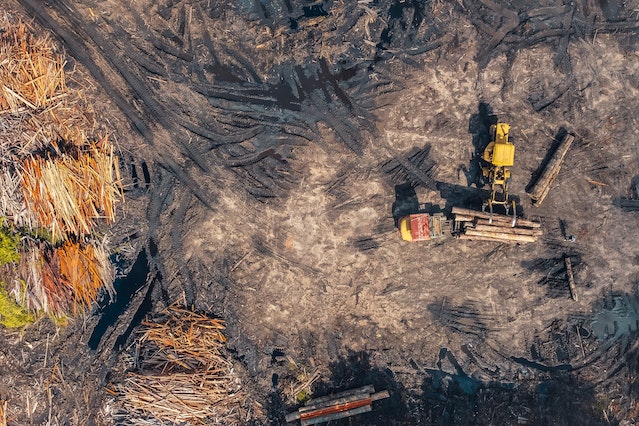There is active and passive ground support. Any action that is taken to increase the strength of the rock is considered active support. But if you take action to prevent the collapse of falling of the rock mass, it will be considered passive support. Both of these methods are used in different instances to ensure the safety of mining operations.
If there is rock lying over a tabular deposit, it is generally quite weak. The weight of these rock layers will push down on the ore beneath. But during mining operations, when the ore is removed underneath this overlying rock mass will lose its support and slowly begin to sag. And little by little the unsupported rock layers will start to separate from the other layers and begin to fail. This is very dangerous. In mining, it is very important that the openings created are supported to prevent the rock from failing. So as a preventative measure, you can support these overlying rock layers in the middle using a steel arch or a timber post. This is considered passive support. Many of these supporting structures can be designed with Mine Civil IT. Depending on the span of the overlying rock layers you will have to come up with a practical solution to support it. But sometimes this will not be an appropriate method to have several posts that can impede movement below. This might require the use of active support strategies.

One such active support strategy is the use of roof bolts. So instead of having a post or several posts underneath to support the rock mass, you can clamp the weakened rock layers together to increase its strength. By clamping layers together, you are essentially creating a laminated beam of great strength. This will support the overlying rock layers preventing them from failing. The area of the rock mass that needs support will be drilled and a roof bolt will be inserted into this hole. When you rotate the bolt head, the expansion shell at the end will expand into the rock surrounding it and locks everything in place. And when you rotate the bolt, it will draw the bearing plate and the rock layers in between the bearing plate and the expansion shell will start to compress together forming a beam.

This will only work if the expansion shell is tightly anchored in competent rock. There are engineers that will decide the diameter and the length of the bolt depending on its tensile strength. Bolting is one of the active support methods that are commonly used in many underground mines. Sometimes the conditions will not be suitable to do the job with just bolting. So in this case, a bag of strong glue will be placed into the hold with the bolt so that the glue or resin will break while the bolt is being tightened. When the resin breaks, it will fill the void around the bolt ensuring that any cracks or fractures that are close by can be filled further strengthening the holding power of the bolt.






